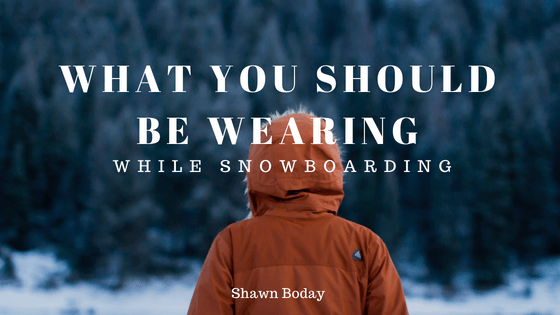Layer One: Wicking
This layer touches the skin. Stick to silk or synthetic thermals like polyester, anything that wicks sweat from the skin and through itself is preferred. A proper wicking layer will keep the snowboarder warm, happy and dry. Boarders should not be deluded into thing cold temperatures will mitigate sweating.
Layer Two: Insulation
This is where the heat-trapping, cold-repelling fabrics should go. Popular insulating materials include fleece and wool.
Layer Three: Protection
This is where the shell and pants come in to protect against the elements. Most of this layer’s feature clothing is waterproof and allows the skin to breathe, letting accumulated sweat escape the body.
Although not as baggy as previous generations, snowboarding attire tends to be looser than ski clothes due to the increased need for mobility. Also, most snowboard pants are reinforced along the seat and knees.
Above the Neck
Headgear
Either a helmet made of breathable fabric or a knit cap are best. Because heat leaves the body through the head, thick headgear helps delay that escape, allowing snowboarders to remain warm longer than normal.
Eye Protection
While sunglasses can work, goggles are preferred for cold temperatures or snowy weather.
Below the Neck
Upper Body
Boarders should consider how well the material breathes, that material’s resistance to wind and water and whether or not the boarder want his jacket to be lined or layered with fleece and windproofing. The closest layer should work in tandem with the wicking layer discussed above.
Lower Body
While the upper body’s concerns are applicable to the lower body, there is a greater need to consider the weather when looking into layers. Regardless of the number of layers present, the outermost layer should protect against water, snow’s sole component. Boarder should also ensure that their pants zip along the side to at least below the boot line-this ensures that they can also cover their boots and keep their boots’ inner layer dry.
Hands
Hand protection is necessary but its form is up to the boarder.
Footwear
While boots are necessary, boarders should not be thrifty when buying socks. Focus on socks that offer circulation; a boarder should be able to wiggle his toes.

